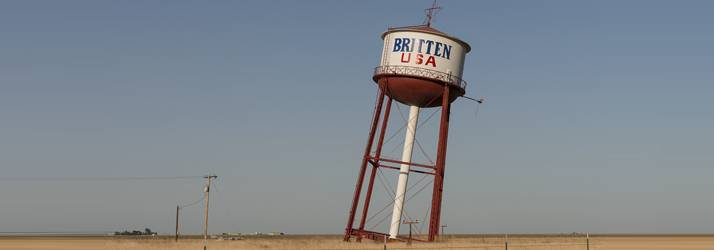The Level Foundation Part I

The human pelvis is unique across the animal kingdom. Ironically, while it is the subject of endless written articles about its function, often referred to as “the core,” it is less common that the anatomy that makes it up is well understood. Especially when it comes to the bony anatomy of the pelvis, and the joints between them.
Primary among these, especially in a chiropractic setting, are the pair of joints known as sacroiliac joints.
The biomechanics and movement of the pelvis is examined in a distinct manner in the Gonstead chiropractic system compared to many other methods. Rather than instructions based around “try to tuck your tailbone,” or vice versa, the actual balance of the pelvis itself is the key parameter.
In other words, how do the sacrum and the two bones around it sit in balance in regards to each other. Instead of the notion that the entire pelvis should be moved into a new state. While that may or may not be appropriate for a specific person and setting, that is a wholly different approach (ie, tuck or arch your tailbone).
As we stand up and in a relaxed position, the angle of the legs relative to the ground changes as the pelvis changes. This is obvious in the case of standing off-center, where one hip is allowed to sway or flare out from under the center of the body. According to the written description of Dr. Gonstead’s work, this same scenario occurs, or may occur, when the pelvis is in a neutral position but the actually bony elements themselves have lost their balance with respect to one another.
In this way, he said, the overall angle of the pelvis, and the sacrum portion of it that makes up the base of the spine, may become more unlevel relative to the balanced position for that individual. Meaning that the alignment of the bony pelvis - within the pelvis - not a function of consciously tucking or arching, may also affect the overall position of the pelvis, in the same manner that more global, conscious movements do.
In fact, there are sources that credit chiropractors including Dr. Gonstead for describing a wide array of pelvic function biomechanically, from the ideas above, to adjusting and correction strategies of pelvic subluxations, and even the idea that the sacroiliac joints are capable of movement at all may have been pioneered in chiropractic.
So while the topic is complicated, and not well-understood by many, the details have important implications for overall movement, balance and function of the pelvis and the many areas of the body affected by it - in this case, most of the rest of them. The take home point is that the assessment of biomechanical function of the pelvis is not common, and had major contributions by Dr. Gonstead in the form of a unique process of evaluation that will be explored in further pieces.
1. Gonstead chiropractic science & art. The chiropractic methodology of Clarence S. Gonstead, D.C. by Roger W. Herbst. Published 1980 by Sci-Chi Publications.
2. Gonstead - The Adjustor. By Matthaw Amman, DC. Published 2017, Venture180.
